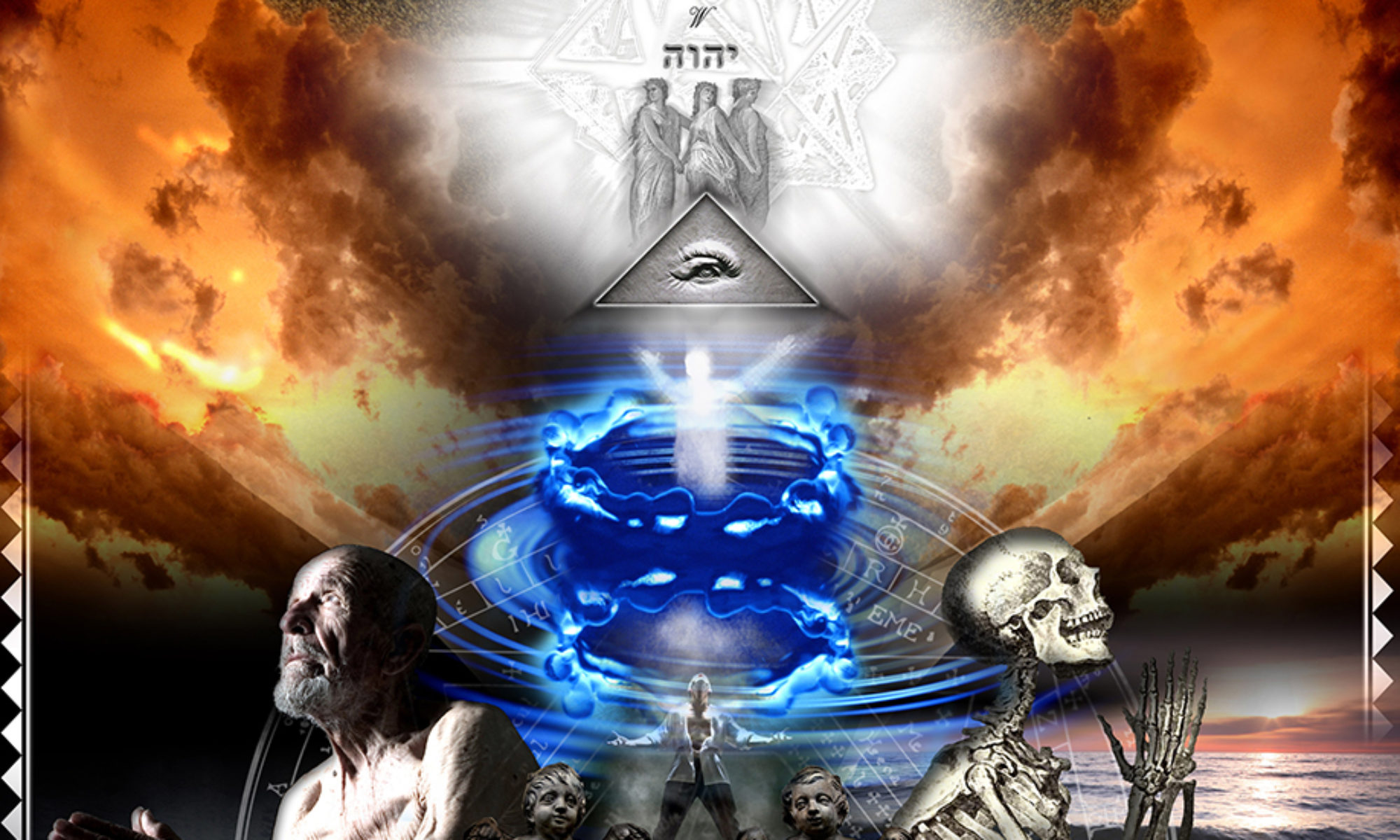What does extraordinary religion and religious practice mean?
Before I delve into the subject, it is probably a simplistic understatement to say that each of us believe our religious practice to be an extraordinary one. As I mentioned in a previous post, to even ask this question might come off as offensive because few see their religious life as ‘normal.’ But, as I think you will agree, there is a difference between ordinary and extraordinary religious practice.
As before, the term extraordinary religion comes from America Religions and Religion, by Catherine L. Albanese. In particular, it comes from her introduction titled The Elephant in the Dark. In that piece, Albanese breaks the two aspects of religion, ordinary and extraordinary, as elements of boundary building between the regular cultural practice of a faith tradition and the more esoteric or transcendent aspect by which we connect to our particular aspect of a higher power.
I use the term higher power because we are dealing with all aspects of faith and not just a particular brand of spirituality which might instead use the term God.
In her book, she defines extraordinary religion as:
the religion that helps people to transcend, or move beyond, their everyday culture and concerns. Extraordinary religion grows at the borders of life as we know it and seeks to over into another country and another form of life. In the West, extraordinary religion helps us to contact God.
Let us look briefly at each of these two kinds of religion.” That “…In the West, extraordinary religion helps us to contact God…” which is, I believe at the heart of all religious practice.
But, for most the process of this contact varies, and depending on how one defines it, could be subjective to the contactee and not easily definable to those outside of that individuals particular circle of society.
Albanese says, “…extraordinary religion is, as the term literally announces, extra ordinary, the ordinary circle society. Indeed, extraordinary religion involves an encounter with some form of otherness, whether natural or supernatural” which perhaps puts off those who are not readily willing to say that they desire just that sort of supernatural experience.
And, this experience is not necessarily widespread, as Albanese believes, “if ordinary religion is diffused throughout culture, extraordinary religion is condensed” meaning that it occurs individually or within in smaller circles of believers of similar mind or inclination. That Extraordinary religion includes special language, symbols, iconography, and other aspects of delineation of belief. In essence, I believe that it includes the symbolism of the belief group or individual so as to facilitate the same or similar aspect of practice.
In many ways, this is an expression of spirituality which seems to pervade through all religious traditions in some manner of extraordinary connectivity to the creative force of their particular religion.
To see how this interlaces with ordinary religion, we need to consider that this practice of extraordinary religion occurs within communities or ordinary practice. While this is true for the most part, I am increasingly convinced that the idea of extraordinary religious practice is increasingly taking place outside of faith communities as more and more spiritual seekers are not turning to a particular branch of church, but rather looking in what would have been previously considered alternative religions. The numbers from the Pew study of religion seems to confirm this, at least in so far as the trends of church attendance are on the decline across the board while the individual interest in spirituality is on the climb.
So, what can you take away from this? My take is that what has here-to-for been looked at as an esoteric pursuit of religious expression is rather in fact the pursuit of extraordinary religious practice in seeking for a more meaningful takeaway from the experience. By participating at some level with the hopes of having a supernatural experience with some divine or Godly overtones has been, and will continue to be, a natural part of our human nature and human experience. Whether we look at indigenous peoples or the most devout of western religious practice, at some level there is a desire for some spiritual connection to the unseen force behind the devotion and normative practice of worship.
I believe, that it is in this transcendence that the boundaries between religions can be traversed and a common space achieved within which a mutual expression of religion takes place.
This was originally published on Sacred Space Los Angeles in 2012.

